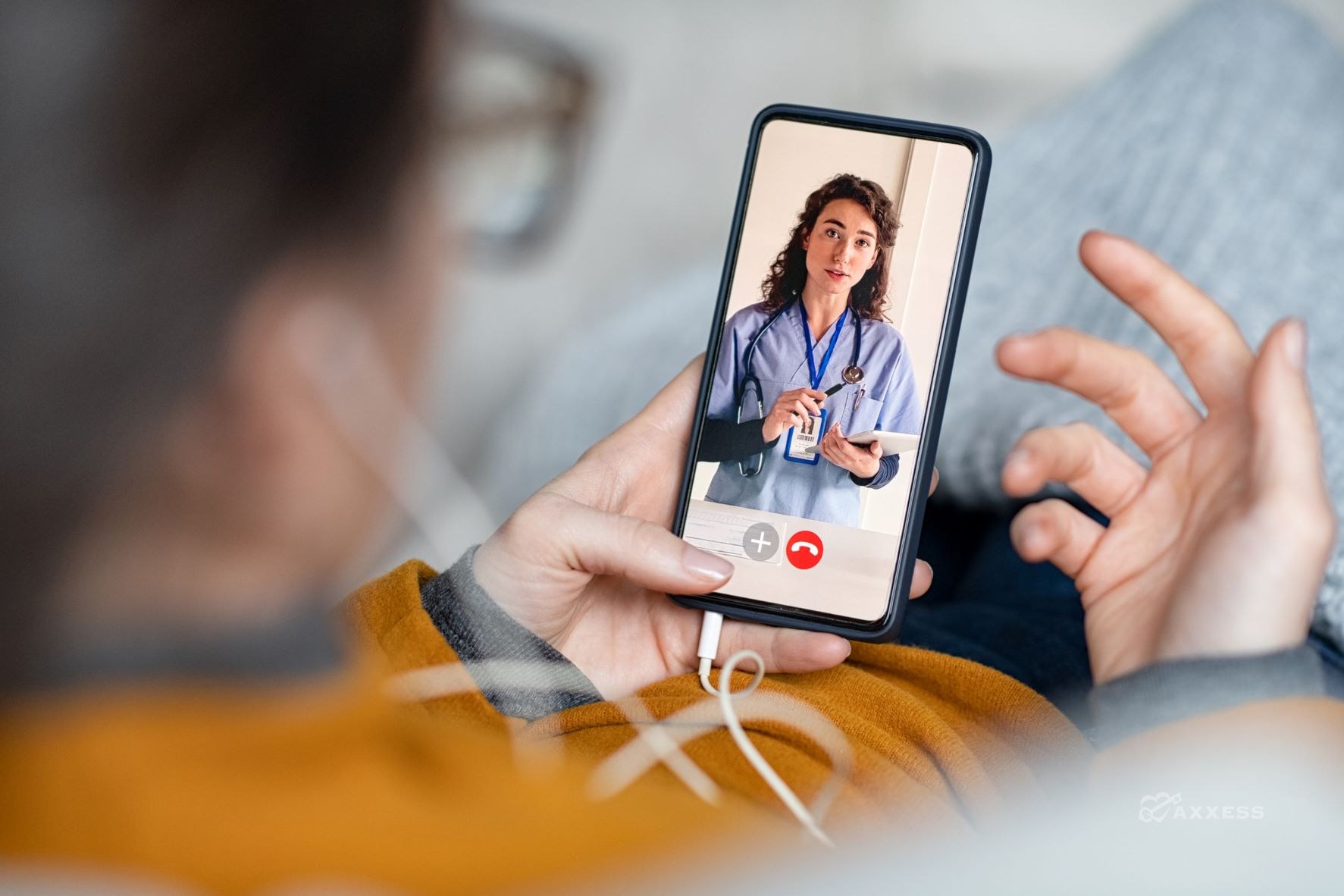
@ShahidNShah


Over the past two years, we have seen a dramatic increase in the use of remote care technology in clinical practices of all kinds. With recent reports that the cost of COVID-19 social isolation has reached nearly $7 billion, we may soon see remote care monitoring (RCM) in the home expand exponentially. RCM may soon be considered the “seventh discipline” on many home health plans of care.
In home health, we must secure documentation of a face-to-face physician visit with the patient for the same reason we are seeing the patient in the home. The documentation secured for compliance with this rule includes a brief narrative that describes how the patient’s clinical condition, as seen during that encounter, supports the patient’s homebound status and need for skilled services.
In fact, CMS directs physicians through documentation, indicating “the face-to-face encounter can be performed via a telehealth service.” For home health organizations struggling to comply with the face-to-face rule, it is in their best interest to make this technology available to all admitted patients who require clinical care and are unable or unwilling to leave their home.
Continue reading at axxess.com
Virtual healthcare has proven its value – now, it’s time to expand and improve upon that foundation. Telehealth is a virtual healthcare delivery system, and it has become a permanent fixture in …
Connecting innovation decision makers to authoritative information, institutions, people and insights.
Medigy accurately delivers healthcare and technology information, news and insight from around the world.
Medigy surfaces the world's best crowdsourced health tech offerings with social interactions and peer reviews.
© 2025 Netspective Foundation, Inc. All Rights Reserved.
Built on Apr 22, 2025 at 4:40am